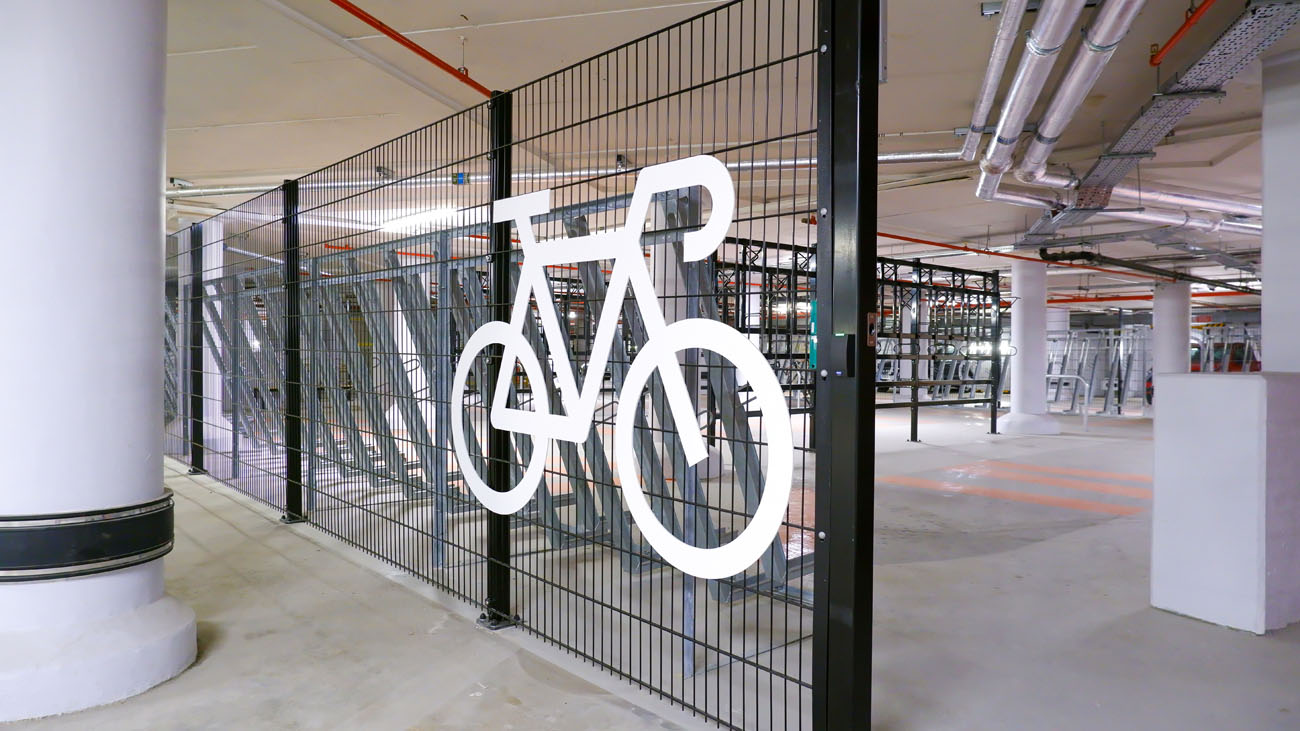People are shopping online. It was true pre-pandemic, but in our post-Covid world, home deliveries grown at an even faster rate.
This has helped spark development in e-cargo bicycle transport, with the addition of an electric motor improving the cargo bike from an already capable urban delivery vehicle to an even better one.
The increasing importance of last mile delivery, where companies race to deliver groceries to your door faster than you can walk to your local shop, mean that any small speed improvement is being rapidly rolled out. And the e-cargo bike is set to be one of them.
E-cargo Bike Potential: A Healthier, Greener City Centre
In many UK cities, the bicycle already represents the quickest way from A to B. Cargo and e-cargo bikes have also been shown to out-perform vans and motor vehicles.
Delivery drivers don’t have to search for parking spaces, riders face fewer traffic concerns, and there’s no need to stop and refuel.
Compared with delivery vans, cargo bikes don’t pump CO2 into our atmosphere, aren’t intrusive in city centres, and take up far less road space.
This helps decongest our cities, both in terms of carbon emissions and noise and air pollution. It can potentially make more room for bicycles and pedestrians, all while increasing last mile delivery efficiency.
The potential for positive change, then, is clear. So where and how is it being used?
What’s Happening Now?
At the end of last year, Pedal Me – a London based e-bike cargo firm – found that their fleet moves on average 3.5kmh faster than motor vehicles.
On top of that, the benefit of not having to find parking space could make them even faster. The company also sought to disband the myth that cargo bikes can only carry smaller loads, pointing to the fact that deliveries can be spread out over the fleet, resulting in more efficient routes.
More established courier companies are also now looking to roll out e-cargo fleets. FedEx are set to start using eight new e-cargo bikes in London, UPS have plans for a fleet in Glasgow, and in some German cities Hermes have also started using cargo bikes as part of their service.
In North Somerset, businesses are being invited to apply for grants to buy electric cargo bikes, thanks to funding from the Energy Saving Trust.
Grants like these, alongside big courier companies changing the way they deliver, is surely just the start of an e-cargo revolution across the UK.
What Challenges Are There?
However, many will point to infrastructure not ready for the increased number of cargo bikes on our roads.
Much like electric vehicles, we’ll need charging points. For cargo bikes to reach their full potential, we’ll also need the right cycle lanes to minimise traffic disruption, allowing fleets to move quickly around cities.
As for parking, although delivery drivers will be able to swiftly stop and deliver goods, for wider cargo bike usage – from family cargo bikes through to private use – spaces will need to be incorporated into bike parking areas.
Often, including a section of traditional Sheffield stands with adequate spacing will provide space enough for cargo bikes. Making sure these spaces are clearly allocated for cargo bikes, alongside provision for disabled parking, ensures regular cycles will use dedicated parking.
Find out more about choosing the right bike storage solution here, or read our view on whether we need e-bike charging stations here.





